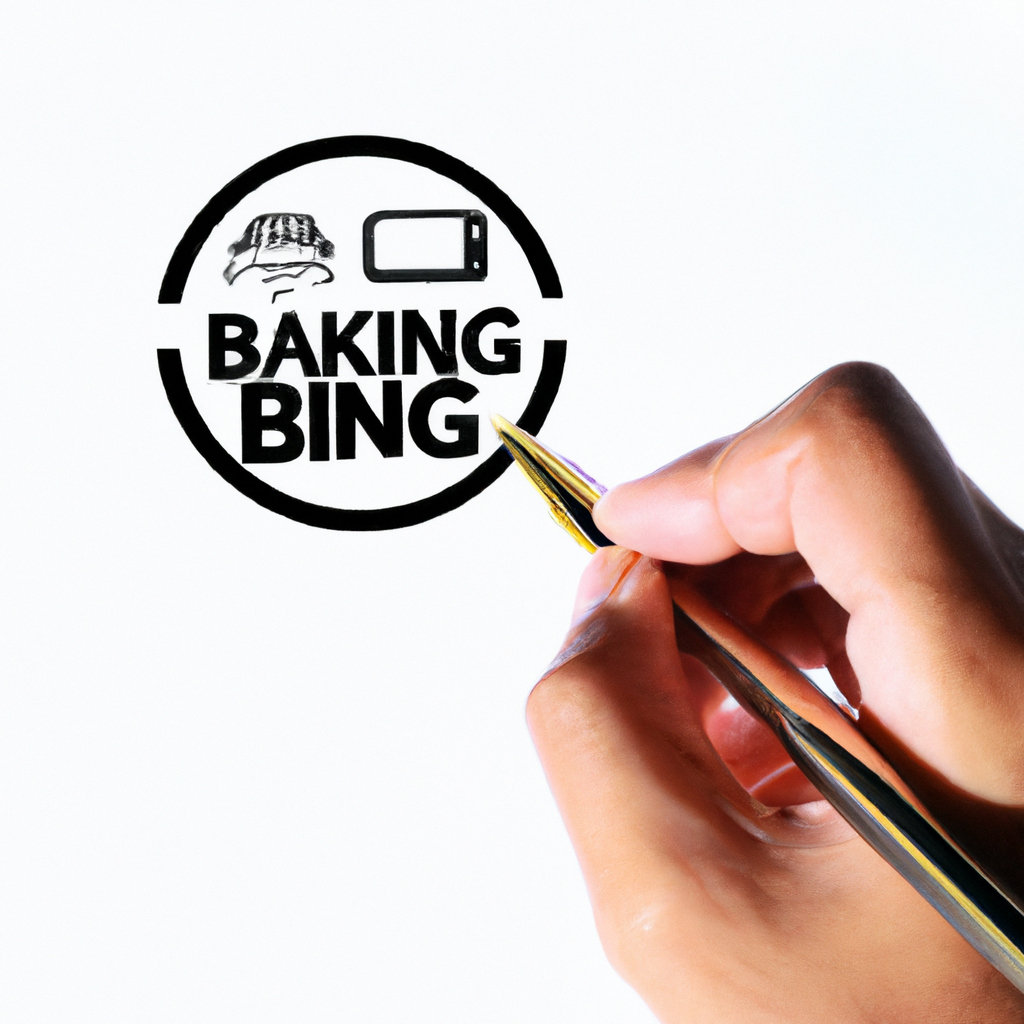Ensuring the Safety of Your Savings: Exploring FDIC Limits and Secure Banking Options
Introduction
Keeping your hard-earned money safe and secure is a top priority for most individuals. With so many uncertainties in the financial landscape, it is essential to understand the measures in place to protect your savings. In the United States, the Federal Deposit Insurance Corporation (FDIC) plays a crucial role in safeguarding your funds. However, it is important to be aware of the FDIC limits and explore secure banking options to maximize the safety of your savings.
Understanding FDIC Limits
The FDIC serves as an independent agency of the federal government and was established in 1933 to maintain stability and public confidence in the nation’s banking system. Its primary function is to provide deposit insurance coverage to depositors in U.S. banks.
As of 2021, the standard insurance coverage provided by the FDIC is up to $250,000 per depositor, per insured bank. This means that if you have multiple bank accounts within the same institution, they are added together and insured up to the $250,000 limit. It is important to note that the FDIC coverage applies to deposits held in banks and savings associations, including checking accounts, savings accounts, money market deposit accounts, and certificates of deposit (CDs).
Maximizing FDIC Insurance Coverage
If you have savings that surpass the $250,000 limit, there are ways to maximize your FDIC insurance coverage:
1. Spread your funds across different banks: By diversifying your deposits across multiple banks, you can ensure that each account is fully covered by the FDIC limit. Research and choose well-established and reputable banks with a strong track record.
2. Utilize joint accounts: Joint accounts with eligible individuals can increase the amount of FDIC insurance coverage. For example, if you have a joint account with your spouse, the account could be insured for up to $500,000 ($250,000 per owner).
3. Explore different ownership categories: The FDIC provides separate insurance coverage for different ownership categories, such as individual accounts, joint accounts, revocable trust accounts, and certain retirement accounts. By utilizing these different categories, you can increase your overall coverage.
4. Consider other FDIC-insured products: Look into FDIC-insured products beyond traditional bank accounts. For example, certain retirement accounts, like Individual Retirement Accounts (IRAs), are eligible for additional insurance coverage.
Secure Banking Options
While the FDIC provides a safety net for your deposits, it is important to consider additional factors when choosing a bank. Here are some secure banking options to explore:
1. Well-established and reputable banks: Opt for banks that have a long-standing history of stability and reliability. These banks often have robust security measures in place to protect your funds.
2. Online banks: Many online banks offer competitive interest rates and advanced security features. Look for online banks that are FDIC-insured and have strong encryption protocols to ensure the safety of your transactions.
3. Credit unions: Credit unions are member-owned financial institutions that prioritize the well-being of their members. They often offer competitive rates and exceptional customer service. Similar to banks, credit unions are also FDIC-insured.
4. High-yield savings accounts: Consider depositing your savings in high-yield savings accounts offered by various banks. These accounts typically offer higher interest rates, allowing your money to grow while still being insured by the FDIC.
Frequently Asked Questions (FAQs)
Q: Are all banks FDIC-insured?
A: No, not all banks are FDIC-insured. It is crucial to verify the FDIC insurance status of a bank before opening an account. Look for the FDIC symbol or search for the bank’s information on the official FDIC website.
Q: Are credit unions as safe as banks?
A: Yes, credit unions that are members of the National Credit Union Administration (NCUA) are insured in a manner similar to the FDIC. They provide protection to their members’ deposits, making them a safe banking option.
Q: Is my money at risk during a financial crisis?
A: While financial crises can cause instability in the banking sector, the FDIC’s primary role is to maintain public confidence and stability. Even during challenging times, the FDIC works to protect depositors and ensure the continuity of banking services.
In summary, ensuring the safety of your savings requires a combination of understanding FDIC limits and exploring secure banking options. While the FDIC provides vital insurance coverage, it is essential to be aware of the $250,000 limit per depositor, per insured bank. By diversifying your deposits, utilizing joint accounts, and exploring different ownership categories, you can maximize your FDIC coverage. Additionally, consider depositing your savings in well-established banks, online banks, credit unions, or high-yield savings accounts to further enhance the security of your funds.
Remember to always do thorough research, considering factors like financial stability, reputation, and security measures before selecting a bank. Your savings deserve the utmost protection in today’s ever-changing financial landscape.
For more information on secure banking options and to explore solutions tailored to your needs, visit visbanking.com. To learn about their pricing options, please check out visbanking.com/pricing/. If you are interested in requesting a demo, visit visbanking.com/request-demo/.






0 Comments